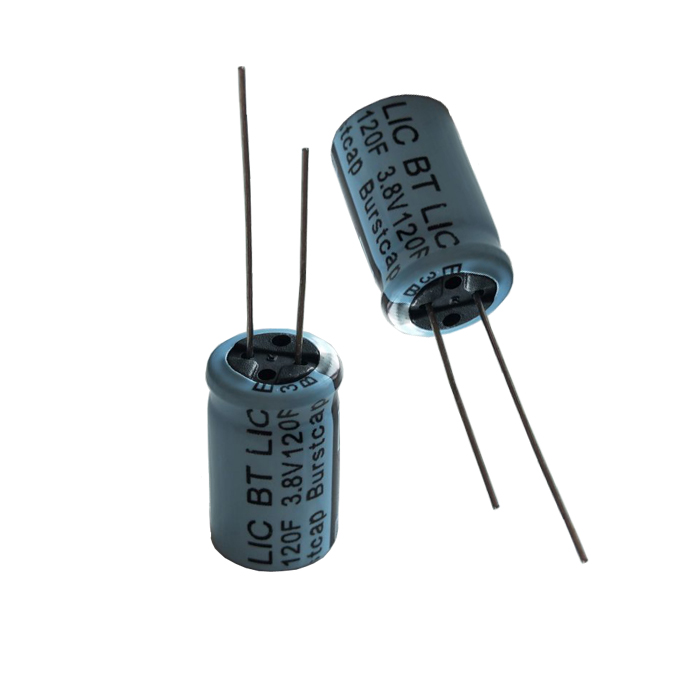Consulting phone:
135-3037-2041
(Mr.Wang)
Each lithium battery has a Z optimal charging current value under different state parameters and environmental parameters. Then, from the perspective of battery structure, what are the factors that affect this Z optimal charging value.
The microscopic process of charging
Lithium batteries are called "rocking chair" batteries, in which charged ions move between positive and negative electrodes to transfer charges to power or charge external circuits. In the specific charging process, the external voltage is applied to the two poles of the battery, and the lithium ions are deintercalated from the positive electrode material and enter the electrolyte. At the same time, excess electrons are generated to pass through the positive electrode current collector and move to the negative electrode through the external circuit; lithium ions are in the electrolyte. It moves from the positive electrode to the negative electrode, and passes through the separator to the negative electrode; the SEI film passing through the surface of the negative electrode is embedded in the graphite layered structure of the negative electrode and combines with electrons.
The structure of the battery, whether electrochemical or physical, that affects the charge transfer throughout the ionic and electronic operation will have an impact on the fast charging performance.
Fast charging, requirements
for each part of the battery For the battery, if you want to improve the power performance, you need to work hard in all aspects of the battery as a whole, including the positive electrode, negative electrode, electrolyte, diaphragm and structural design.
Cathode
In fact, almost all kinds of cathode materials can be used to make fast-charging batteries. The main performances that need to be guaranteed include conductance (reduce internal resistance), diffusion (guarantee reaction kinetics), life (no need to explain), safety (no need to explain) need to be explained), appropriate processing performance (specific surface area should not be too large, reduce side reactions, and serve safety). Of course, the problems to be solved for each specific material may be different, but our common cathode materials can meet these requirements through a series of optimizations, but different materials are also different:
A. Lithium iron phosphate may be more focused It is used to solve the problems of electrical conductivity and low temperature. Carbon coating, moderate nano-ization (note that it is moderate, not the simple logic of finer is better), and the formation of ionic conductors on the surface of particles are all typical strategies for Z.
B. The electrical conductivity of the ternary material itself is relatively good, but its reactivity is too high, so the ternary material is rarely nano-sized (nano-chemical is not an antidote for the improvement of material performance, especially in the field of batteries. There are sometimes a lot of adverse effects), and more attention is paid to safety and inhibition of side reactions (with electrolyte), after all, one of the key points of the current ternary materials is safety, and the recent frequent battery safety accidents are also in this regard. put forward higher requirements.
C. Lithium manganate pays more attention to life. At present, there are many lithium manganate series fast-charging batteries on the market.
Negative
Lithium Ion BatteryDuring charging, lithium migrates to the negative electrode. The high potential brought by the high current of fast charging will cause the negative electrode potential to be more negative. At this time, the pressure of the negative electrode to quickly accept lithium will increase, and the tendency to generate lithium dendrites will increase. Therefore, the negative electrode must not only meet the lithium diffusion requirements during fast charging Therefore, the main technical difficulty of fast charging cells is actually the insertion of lithium ions in the negative electrode.
In conclusion, the factors that affect the charge movement inside the battery and the rate of intercalated electrode holes will affect the fast charging capability of lithium batteries.